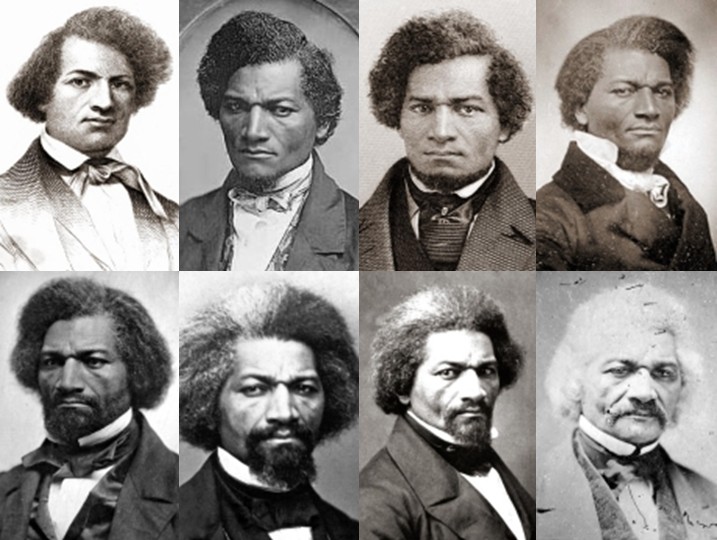Today is the assumed birth date in 1817 or 1818 of Frederick Douglass.
In our time he’s best known for his voice and his pen.
Douglass’s autobiography tells the unforgettable story of how he escaped from slavery, and he was considered one of the great speakers of his time, maybe of all time.
He pushed for the U.S. to end slavery, and after the Civil War, he called for civil rights, job opportunities and fair treatment for Black Americans.
But in his day, Douglass’s face was also well known, because he was likely the most photographed American of the time.
Three authors wrote a whole book about Douglass’s relationship with the camera.
He became a public figure right when photography was introduced in the United States.
Douglass recognized that the medium could be a great help to him and his cause.
This is a time when few Black Americans had opportunities to sit for portraits.
That meant the images of Black Americans that were distributed around the country were mocking caricatures.
Douglass recognized that photographs would show him and other Black Americans as they were.
So, to counter the stereotypes, he had his picture taken every chance he got.
Back then photographers often had their subjects sit in profile, but Douglass usually looked directly at the camera, almost daring the viewer to doubt him or his cause.
So not only did he help change the course of American history, he influenced photography, too.
And yes, today is also Valentine’s Day.
And it’s the first day of something called the Happily Ever Atlas program.
A cruise ship operator is offering couples the chance to get married in Antarctica, which hasn’t been done before.
The nine day trip includes a wedding ceremony, a reception, photos, couples spa treatments and, because it’s Antarctica, custom penguin jackets for the newlyweds.
Picture This: Frederick Douglass Was The Most Photographed Man Of His Time (NPR)
Be One of the First Couples to Get Married in Antarctica (Thrillist)
Share the love with our Patreon backers
Photos via Wikicommons

